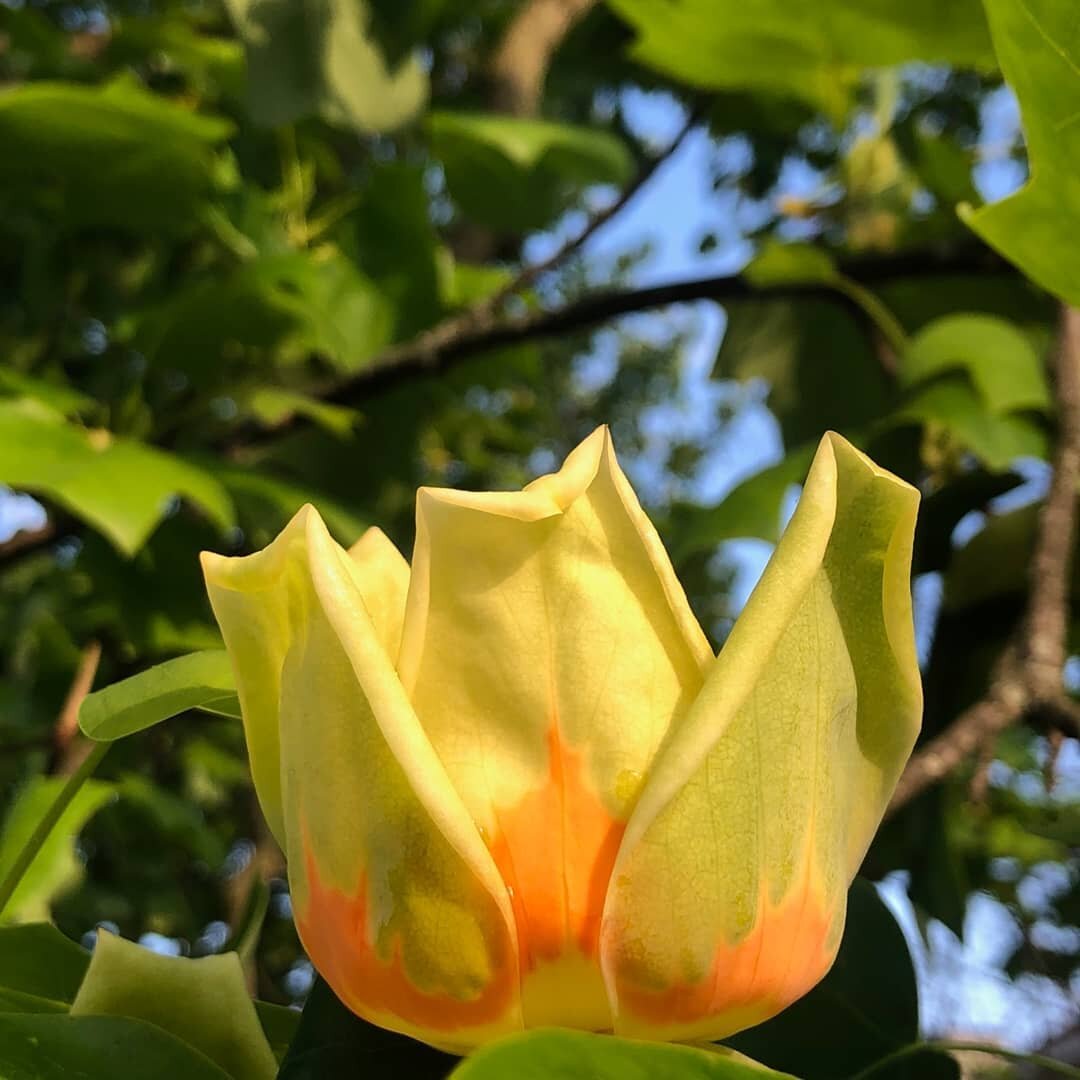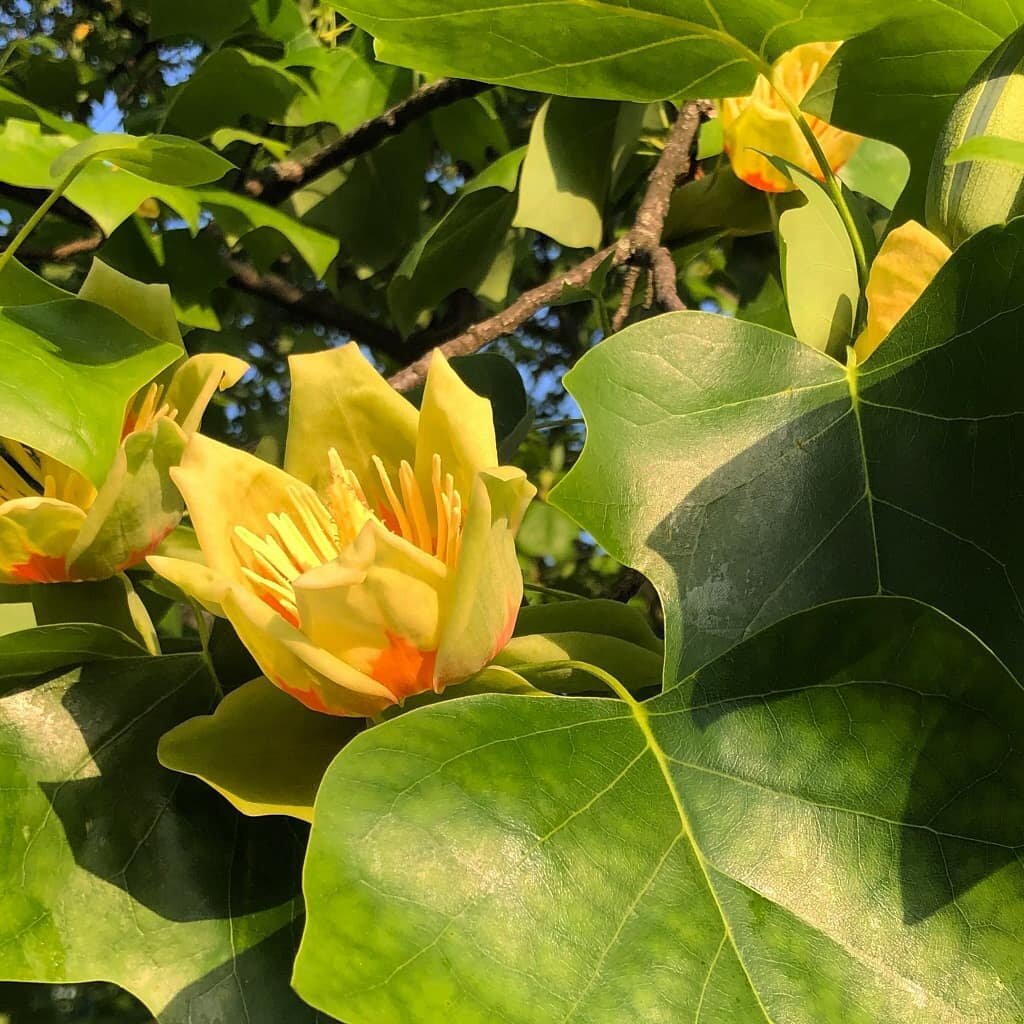by nashtreefound
Share
Share
In honor of the “Lily Tree with Tulips”
Sounds interesting, right? Sounds pretty as well. Where do I get one? Well this tree can be easily acquired and it is widely planted around Nashville and grows naturally throughout Tennessee. In fact, this is our very own tulip tree, the official state tree of Tennessee, Liriodendron tulipifera which translates to “lily tree” “bearing tulips”. This tree goes by several common names, tulip tree, tulip poplar, and yellow poplar. While most people refer to plants by their common names, this can lead to confusion as common names can vary from region to region as well as within a given region. For example, the common name “poplar” is mostly applied to trees in the genus “Populus”; however, two of the most common and well known species of Populus are the eastern cottonwood and the quaking aspen. I know, I just said plants in the genus Populus are commonly called “poplars” but these two are not and our State Tree is called the tulip poplar or yellow poplar but it is not a species of Populus. Confused yet?
Whether you called it tulip tree, tulip poplar, or yellow poplar, let’s honor our state tree and all trees today on Arbor Day. It just so happens that the Lily Tree with Tulips is in full flower today so look up, way up and you will see tulip-shaped flowers with yellow petals that have an orange spot at the base. A single tree can have hundreds of flowers, each pointing towards the sky!
Fun facts: tulip tree is the largest tree, in height, in the Eastern U.S., and it was in 1947 when the Tennessee General Assembly designed this tree as the official state tree; it was chosen “because it grows from one end of the state to the other” and “was extensively used by the pioneers of the state to construct houses, barns, and other necessary farm buildings.” by Andrew Bell, Executive Director
Emerald Ash Borer in Nashville It all started when… …the Emerald Ash Borer migrated in packing materials from Asia. First discovered in Detroit, Michigan, in 2002, the pest has already destroyed millions of
Yes, these three things are linked together, not just in name but biologically as well. But first things first… the cedar (aka redcedar or eastern redcedar) is not a cedar at all, at
Black Locust, Birthdays, and Phenology How does a bear know when it’s time to hibernate, when does a migratory bird start its southward journey for the winter, or how does a tree know
Happy May Day! May Day: a holiday celebrating the arrival of Spring, usually on May 1st; earliest known May celebration appeared during Floralia (the “festival of Flora” or “festival of flowers”) during the



